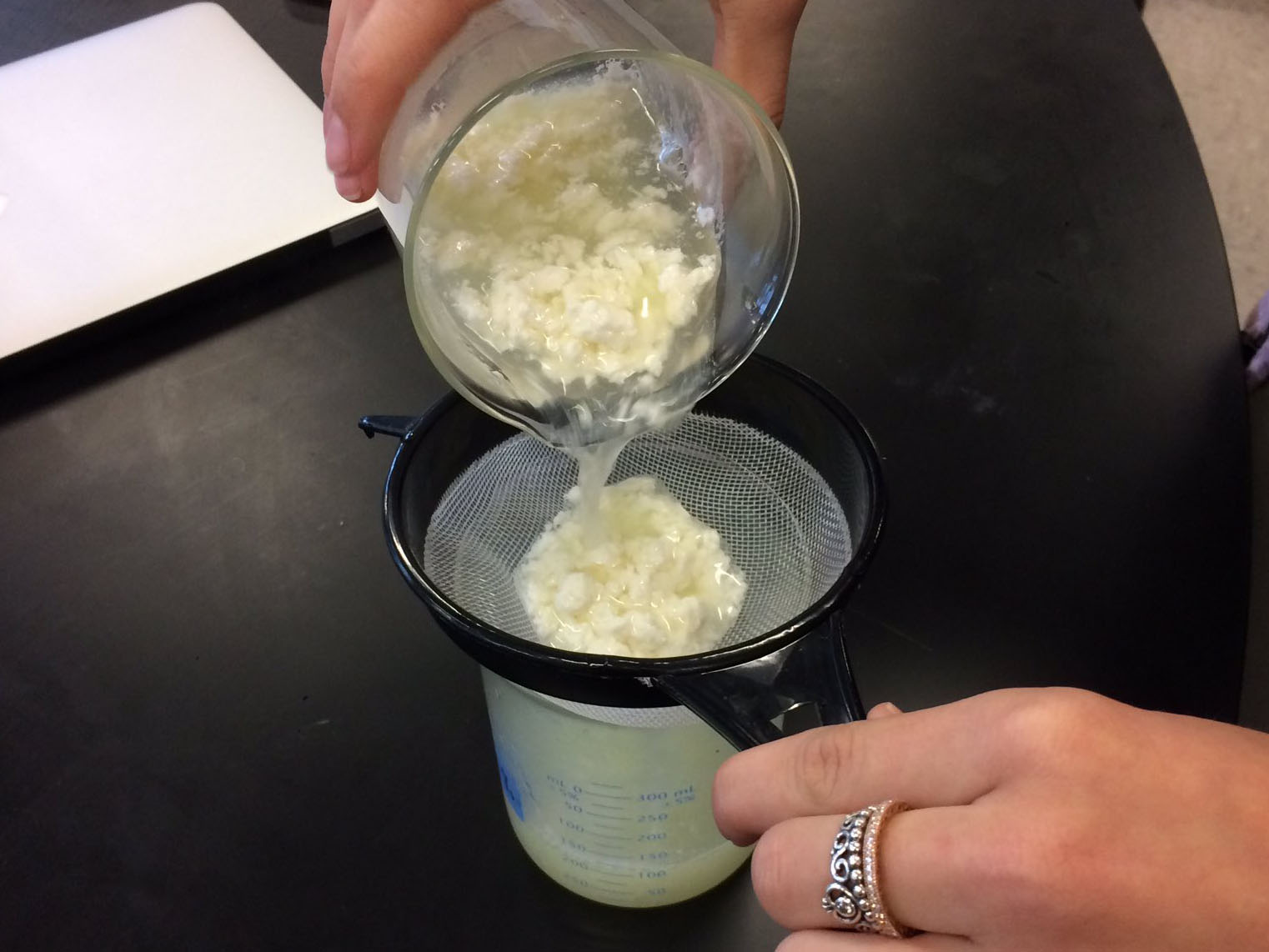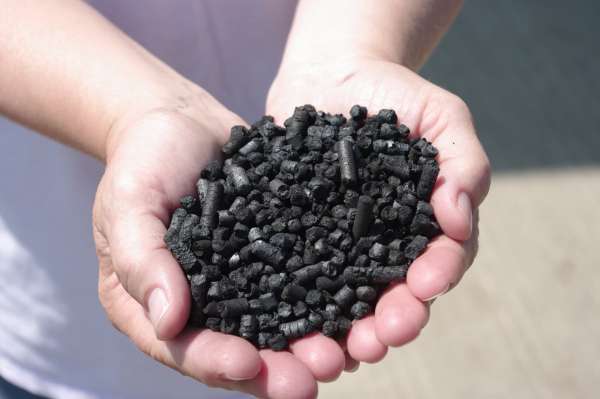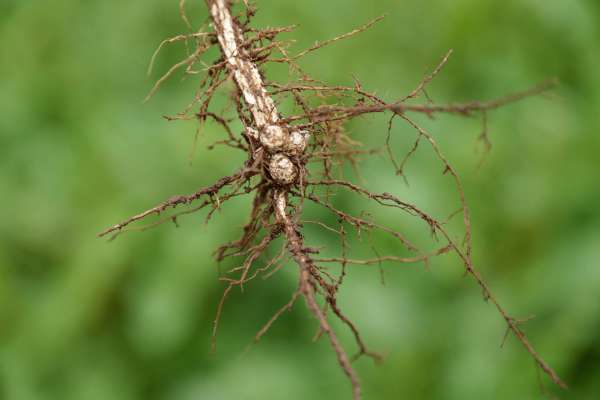Stick a fork in it: biodegradable products
Lessons
# Testing decomposition rates
Students test the rate of decomposition of samples of materials. In between measuring the rate of decomposition, students watch the Bioproducts career video and take the Bioproducts e-learning course.
Files
# Conflicts in Chemistry: The Case of Plastics
From the Chemical Heritage Foundation, with funding from the Pew Center for Arts and Heritage. Students participate in a case study hearing regarding a proposed Environmental Protection Agency (EPA) Regulation to reduce plastic waste in the United States. All resources and instructions are found at chemheritage.org.
Files
Teacher background
A biobased bioplastic contains carbon (some or all) produced from a renewable plant (or sometimes animal) source. Biodegradable plastics are those that degrade into carbon dioxide (CO2), methane (CH4), and water (H2O) through biological action in a defined environment and in a defined timescale. These environments include composting, anaerobic digestion, marine and soil environments. A common misconception is that “biobased” and “biodegradable” are related but they are not. A bio-plastic that is biobased may not necessarily be biodegradable, and a biodegradable bioplastic may not be biobased.
The biobased content of a bioplastic can be reported in several ways. The most common is based on a weight-percent of renewable resource content. The second most common is as a percent biobased carbon content in the bioplastic. This measurement is the basis for certification under the USDA BioPreferred Program, a federal program that promotes the purchase and use of biobased products.
For additional information, have students watch What Are Bioproducts? Other online resources include sustainableplastics.org and worldcentric.org
Next gen science standards
Science and engineering practices
- Asking questions (for science) and defining problems (for engineering)
- Analyzing and interpreting data
- Obtaining, evaluating, and communicating information
Crosscutting concepts
- Scale, proportion, and quantity
Disciplinary core ideas/content
- PS4C Information technologies and instrumentation
- ETS2 Links among Engineering, technology, science and society







Share this